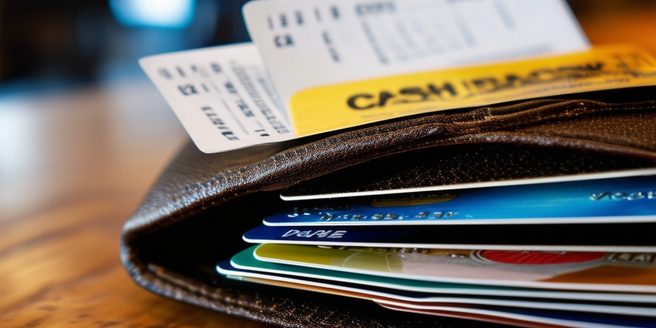
Understanding How Cashback Programs Work
Cashback programs work by returning a percentage of your purchases back to you as a reward. When you make a purchase with a card that offers cashback, the merchant pays a small fee to the card issuer. This fee is typically a percentage of the transaction amount. Part of this fee is then given back to you in the form of cashback. The percentage of cashback can vary depending on the card issuer, the purchase category, and sometimes, the amount you spend. It’s a great way to earn extra money simply by using your card. Some programs offer higher cashback rates for specific categories like groceries, dining, or travel, making it valuable to choose the right card based on your spending habits.
Top Credit Cards Offering the Best Cashback Rates
Finding the top credit cards with the best cashback rates requires a bit of research. Some of the best options offer as much as 5% cashback on specific categories, while others provide a flat rate on all purchases. Cards like the Chase Freedom Flex, Citi Double Cash, and Discover It Cash Back are popular choices. They often come with rotating categories that earn higher cashback percentages, making them versatile. These cards can significantly enhance your savings if used strategically. Additionally, some cards offer sign-up bonuses that can boost your rewards in the first few months. It’s important to compare annual fees, interest rates, and other perks when selecting a card to ensure it aligns with your spending habits and financial goals.
Maximizing Rewards: Tips for Everyday Purchases
To maximize your cashback rewards, target your spending on categories that offer the highest rates. Utilize bonus categories by timing your purchases according to rotating offers. Be mindful of spending limits on higher cashback categories to avoid missing out on rewards. Additionally, combine your credit card’s cashback program with other rewards programs and promotions from retailers. For example, some retailers offer exclusive discounts or promotions for using specific credit cards. Regularly reviewing your spending habits can help identify areas where you can optimize rewards. This can significantly boost your cashback earnings. Lastly, pay off your balance in full each month to avoid interest charges that can negate the value of your earned rewards.
Common Mistakes to Avoid with Cashback Offers
One common mistake with cashback offers is not paying attention to the terms and conditions. Ensure that you understand the spending requirements and bonus categories. Missing a payment can lead to high-interest charges that outweigh your rewards. Another mistake is not keeping track of rotating categories and spending limits. Always check your statements and plan your purchases ahead. Additionally, avoid carrying a balance over month to month, as the accrued interest can reduce the benefit of your cashback rewards. It can be helpful to set reminders or use budgeting apps to manage your spending more effectively. Be aware of any expiry dates on your cashback rewards so that you don’t miss out. Be strategic in your spending to fully benefit from cashback programs.
Redeeming Your Cashback: Best Practices and Strategies
When it comes to redeeming your cashback, consider the various options available such as statement credits, checks, direct deposits, or gift cards. Statement credits can help reduce your overall balance while direct deposits give you more flexibility in using your rewards. Evaluate which option aligns best with your financial goals. It’s also important to assess any fees associated with different redemption methods. Always read the terms and conditions associated with your rewards program. Some programs offer better value when you redeem for certain options like travel or gift cards, sometimes providing a bonus for specific redemptions. Regularly check your balance and redeem your cashback periodically to avoid expiration of points, ensuring you get the most value out of your rewards.
